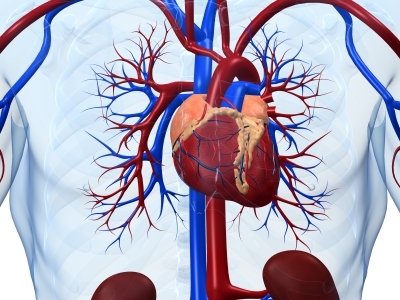A Primer on the Duodenal Switch in Bariatric Medicine
Obesity, for some is not a choice. Metabolic, hormonal and other medical conditions prevent a person’s body from burning fats, thus the accumulation. For these folks, no amount of exercise or dieting would do the trick, so the best way to go is with surgery. Distal bypass, also known as Roux-en-Y procedure, is a favored surgical method of helping a person to lose weight.
A distal gastric bypass is performed by stapling the stomach to make a little gastric pouch at the part where it receives food. This top portion is then connected to the lower end of the small intestine, so a huge part of the intestine is bypassed. What this means is that the stomach’s capacity will now be reduced, and so will the intestine’s ability to absorb nutrients.
However, there have been several gastric bypass revisions after a supposedly successful distal bypass. For failed gastric bypasses, the duodenal switch is often the best remedy. In this procedure, 75% of the stomach is removed from its top part, and then connected below the duodenum. This means that how the body digests food is pretty much normal, but the stomach now has lesser space. The pyloric valve is retained so that it can continue to act as a gateway of food that is emptied from the stomach to the duodenum.
In traditional RNY procedures, the duodenum and the pyloric valve are bypassed, so patients often experience dumping, which means stomach contents get dumped too quickly into the intestine, causing pain, bowel malfunctions and discomfort. Duodenal switch does not cause complications such as dumping.


